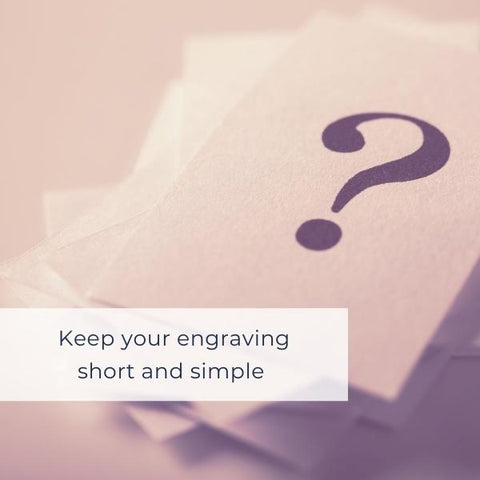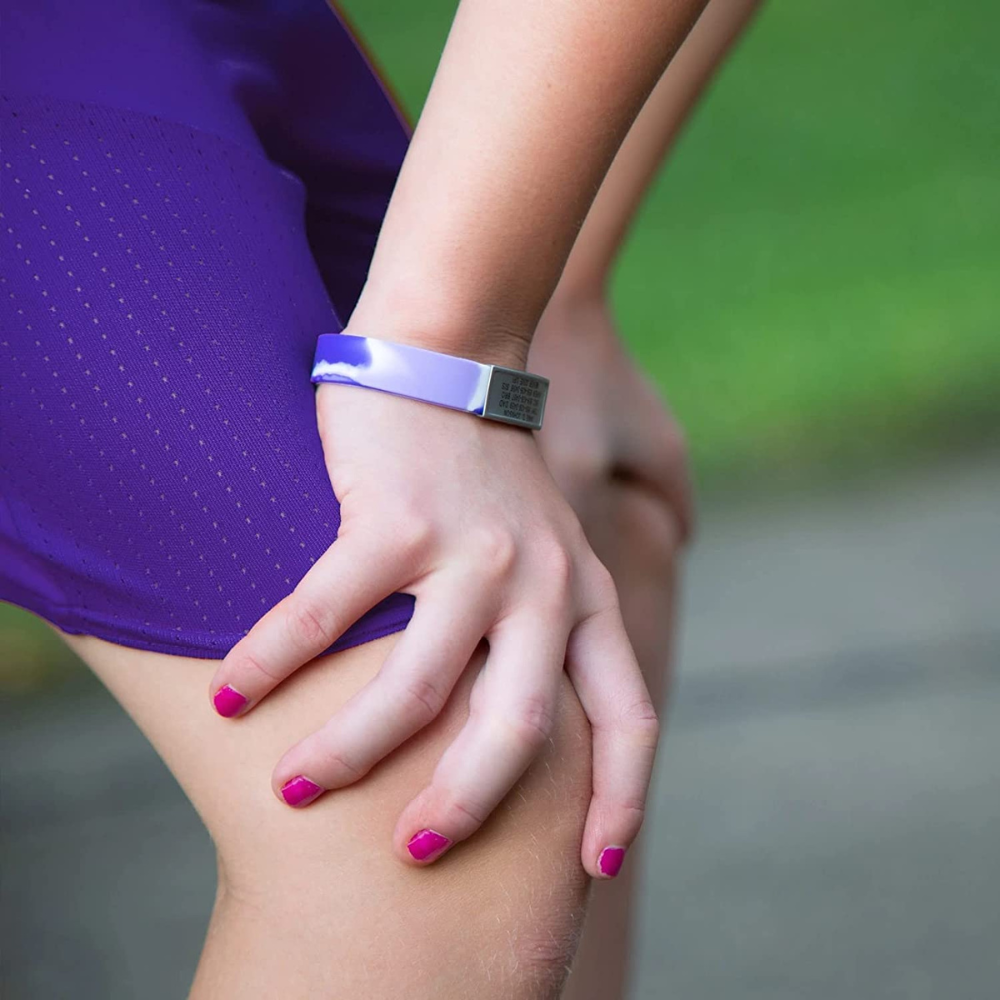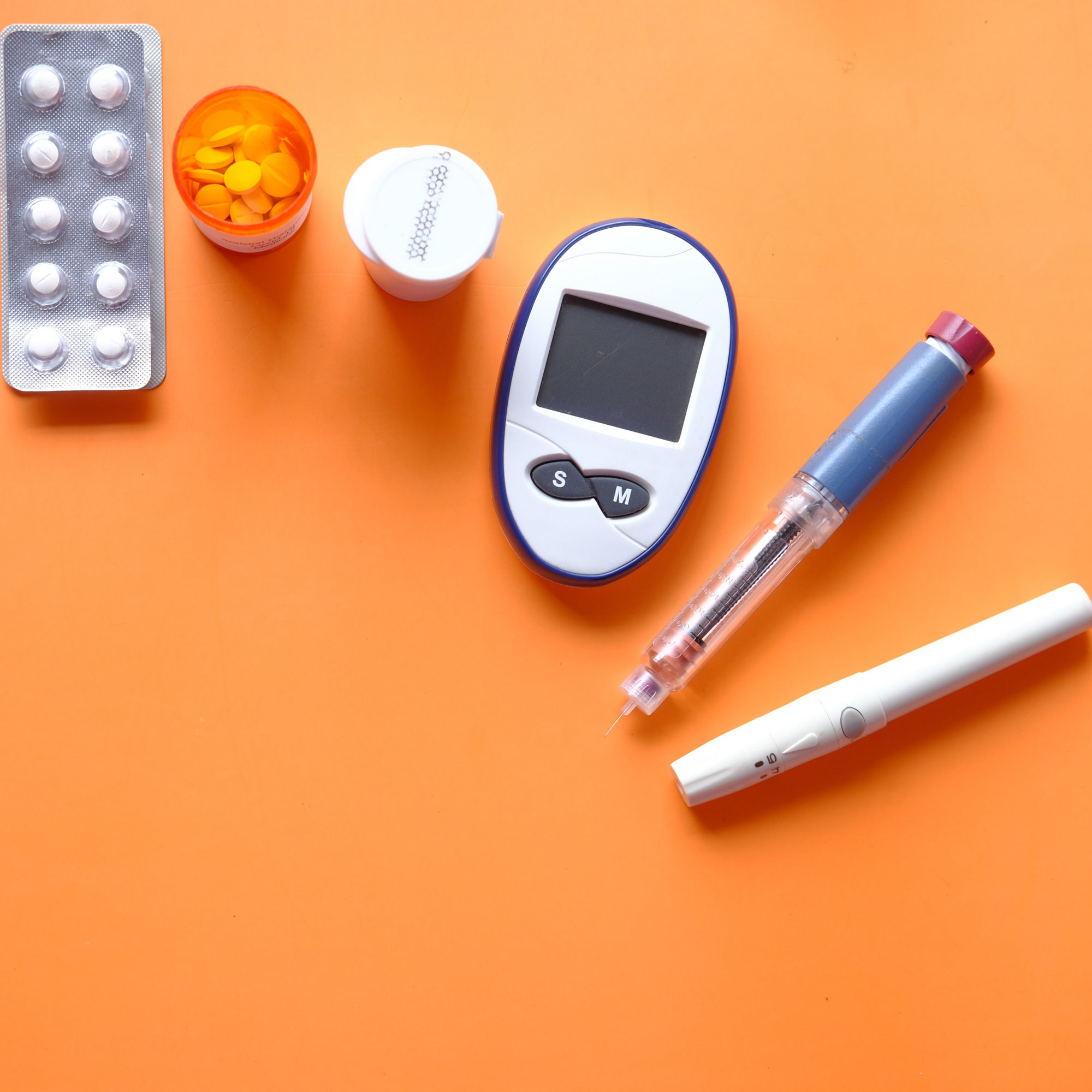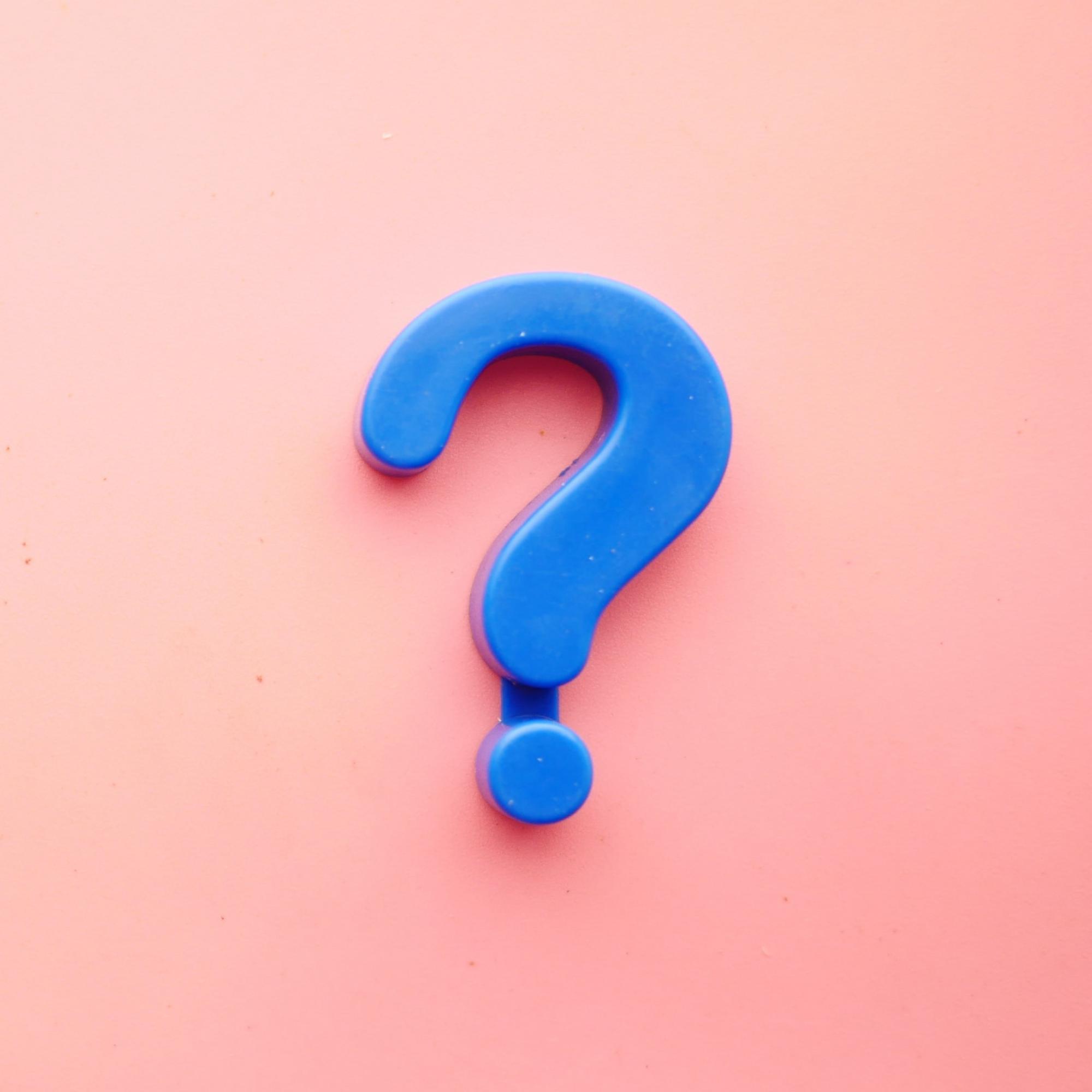A medical bracelet is most effective when it reflects accurate, comprehensive, and easy-to-read medical information. Deciding on what information to engrave can be confusing if you have more than one medical condition, allergy or medication, and it’s important to remember your options to avoid making mistakes.
In this blog, we would like to share the five most common mistakes people make with their medical bracelet.
But first … what is a medical bracelet?
A medical bracelet is designed to alert others of your medical conditions or any other concerns you might have that may be relevant to your care in an emergency.
Medical alert jewellery is conveniently worn on your pulse points at your wrist and neck. So, when first responders check your pulse, they will automatically find out what conditions you have or what medication you take, and the right treatment can be administered quickly. It’s also a convenient way to pass on the phone number of your loved ones, to keep you in touch with your family.
5 common mistakes with medical bracelets:

1. Capitalising every word.
In an emergency, most people want to ensure that their information or instructions are acted upon, therefore, they think about capitalising every word in their engraving.
However, there is a downside to this – it actually makes it harder to read.
This is because capital letters look more similar to one another than lowercase letters do. They have relatively the same height, width and even the same blocky structure. Additionally, when we read, we more or less trace the topography of the words with our eyes. We see the letters move up and down, slant and curve, cross and dot. This works well for the varied lowercase letters, but not the blocky capital ones.
Furthermore, capitalisation is usually done to put emphasis on a word. Engraving every word in block capitals de-emphasizes what’s important, making it counterproductive as they all look the same. However, it is completely acceptable to write abbreviations in capitals as these words stand for something, such as MRI or ICD.
Finally, engraving in all capitals can be overbearing. Remember that people’s energy can be depleted by anything, so having your engraving in capitals letters may seem like you are shouting at them. Keep in mind that emergency responders are trained to look for medical jewellery, so there’s no need to shout your condition over to them when they already know what to look out for.

2. Taking vs Allergy.
It is vital to specify your needs on a medical bracelet so those around you know how to treat you and what you should avoid. A common mistake is not being clear whether you are taking a medication or if you are allergic to it.
For example, many people engrave “Penicillin” on its own without clear indication to whether they are allergic or if they take it. Your medical bracelet should say “Taking Penicillin” if you are taking it, and “Penicillin Allergy” if you are allergic to it. This should be used with other medications such as steroids as well.
If you are struggling to get all of the text to fit with the engraving limits, you could choose a meaningful substitute or abbreviation such as:
Taking Penicillin - could also be “On” or “Needs”
Penicillin Allergy - could also be “Allergic to”, “ALRG” or “No”

3. Too many abbreviations.
Abbreviating your medical conditions can save space on your medical bracelet if you have more than one condition, but it is important to keep in mind that the general public will sometimes read it as well as medical professionals. In this case, not all of the medical conditions are recognised in their abbreviated form, so it’s best not to abbreviate the lesser-known conditions.
If you need to abbreviate your medical condition, then it is important to use abbreviations that are recognised by emergency medical personnel. Here are some medical conditions that have well known abbreviations:
- Congestive Heart Failure - CHF
- Congestive Heart Disease - CHD
- Chronic Obstructive Pulmonary Disease – COPD
- Ehlers Danlos Syndrome - EDS
- Fibromyalgia Syndrome - FMS
- Generalized Anxiety Disorder - GAD
- Insulin Dependent Diabetes Mellitus – IDDM
- Hearing Impaired - HI
- High Blood Pressure - HBP
- Hypertension - HTN
- Inflammatory Bowel Disease - IBD
- Irritable Bowel Syndrome - IBS
- Muscular Dystrophy - MD
- Multiple Sclerosis – MS
- Post-Traumatic Stress Disorder - PTSD
- Parkinson's Disease – PD
- Spina Bifida - SB
- Traumatic Brain Injury - TBI
- Tourette Syndrome - TS
- Type 1 or Type 2 Diabetes – T1D / T2D

4. Wording you haven’t designed yourself.
You and your doctor or medical team know what the most critical aspects to your care are. But remember your family’s needs as well. The fact that you are a carer may be more important to get across than your mild asthma. Only you, your family, and your doctor can make this decision together.
Another possibility is that you may have several medical conditions, but you need to consider the chances or severity of impact of each one in an emergency situation. For example, if you are a beekeeper, you will be around bees all the time, so you have an increased chance of getting stung (and a severe allergic reaction). So, you may decide that noting your bee sting allergy is more important to engrave than another condition.
Or it may be important to put a parent or partner’s phone number on your medical alert bracelet instead of an additional medical condition (that is less likely to cause an issue in an emergency).
Your friends, or other medical jewellery companies might have suggestions about what you should engrave, but it’s a personal decision that you, your family and your doctor need to make together.

5. Too much information.
Keeping your information short and simple will make it easier to read. We recommend adding:
- Your name
- Your medical conditions
- Any allergies you may have
- Any medication you may be taking
- Your emergency contact information
Additional information can be added, but only if it’s relevant to your condition.
For example, if you have a blood disorder, then it’s worth noting your blood type. Or if you have an implant such as a pacemaker, then you can put this down too.
Just don’t overdo it when it comes to your medical information as space is limited on your medical ID tag.




